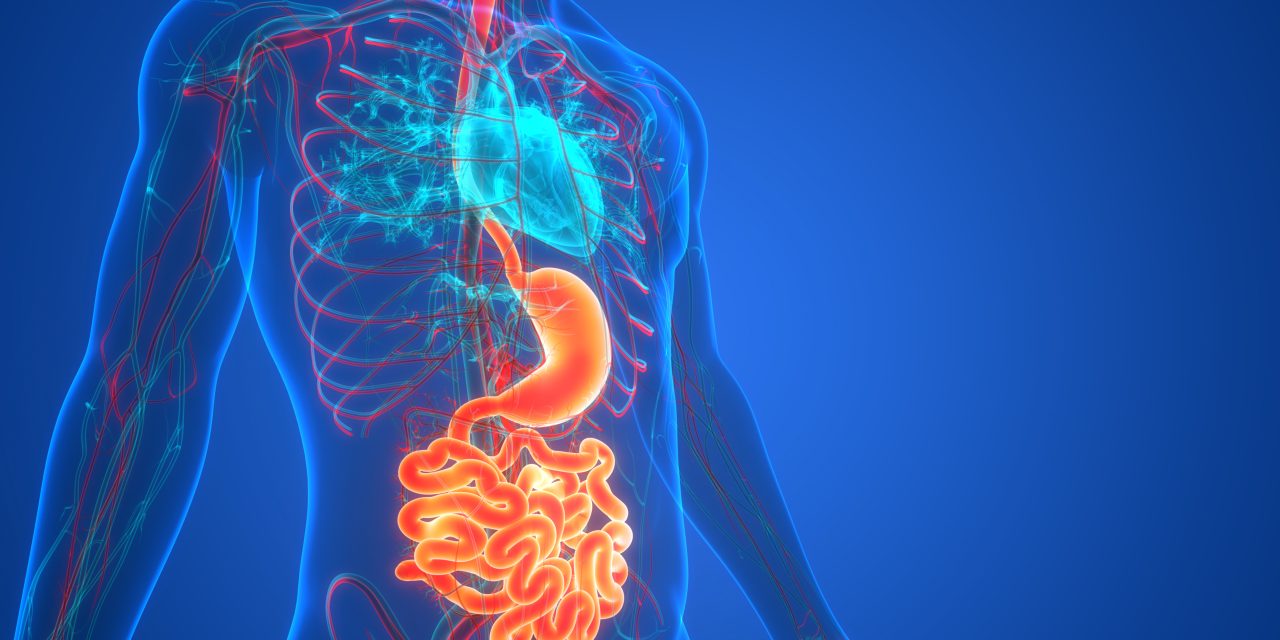Household chemicals result in corrosive esophageal burns in the developing third world countries, and most of them cause esophageal strictures. There is no standard treatment for esophageal strictures. Here, we present our preliminary experience with intraluminal esophageal stents for stricture treatment.
The files of the patients who had stenosis due to corrosive esophagitis in our clinic were evaluated retrospectively. Stricture lengths were between 30 and 130 mm. Stents were self-expandable, made of nitinol alloy that was covered with silicone, and they were cylindrical in shape with a conical tip. The lengths varied between 60 and 170 mm and the diameters were between 10-20 mm. The stent application was made under general anaesthesia.
There were seven patients (four girls and three boys). After stent application, all patients experienced constant or temporary pain, vomiting, and difficulty in swallowing. Bleeding occurred in one patient. Sudden death occurred in one patient, probably as a complication of chest infection. All stents had to be removed in mean 38 days because of embedding of the stent, development of granulation tissue and intolerance.
More research is needed to determine the type, length and diameter of the stent, the timing and the duration of the application, the length and level of the stricture suitable for stent application and medications during treatment.
Copyright: © 2020 by The Medical Bulletin of Sisli Etfal Hospital.
Late Intraluminal Stent Application in Strictures due to Corrosive Esophagitis: Our Preliminary Experiences.


